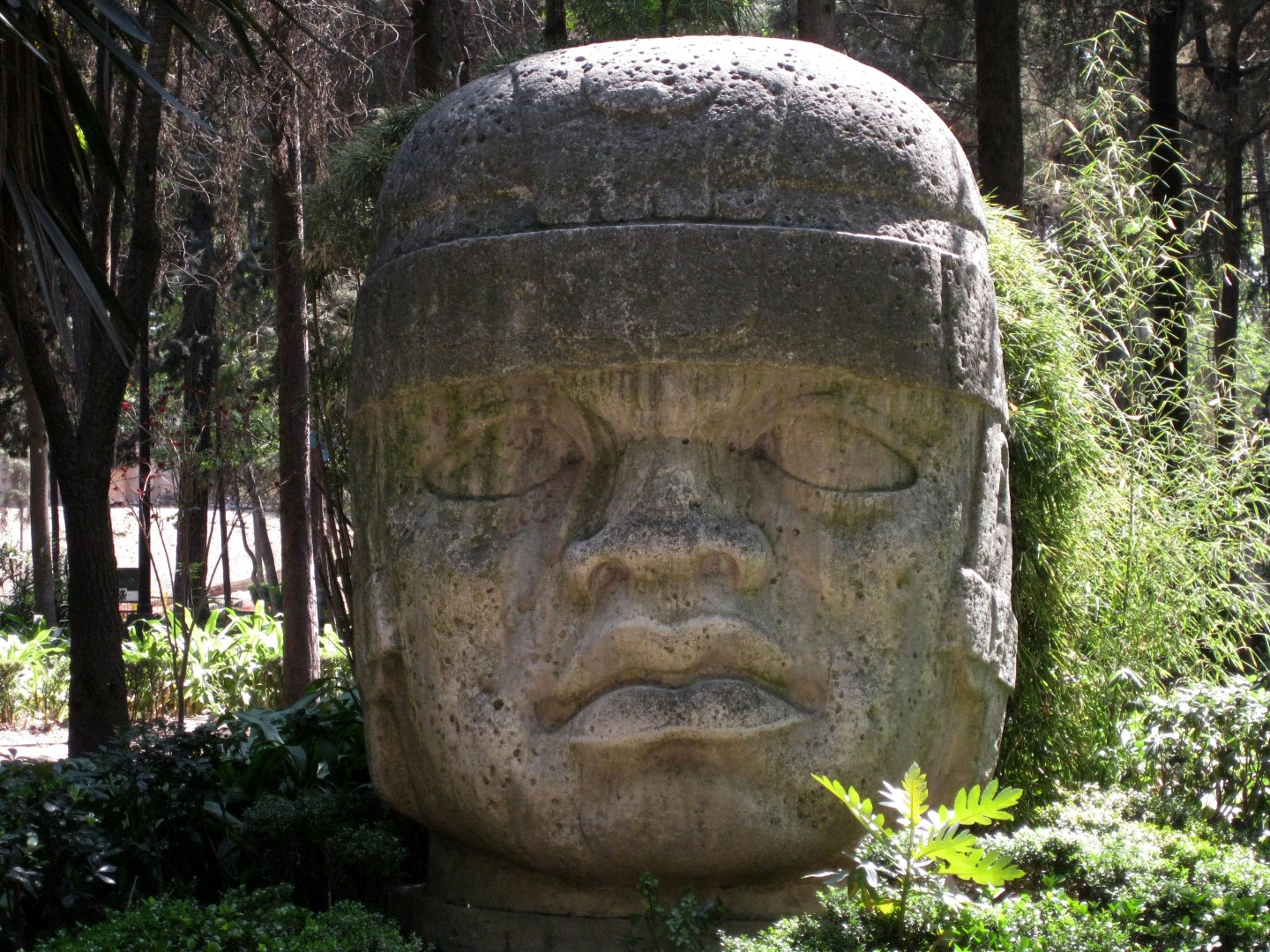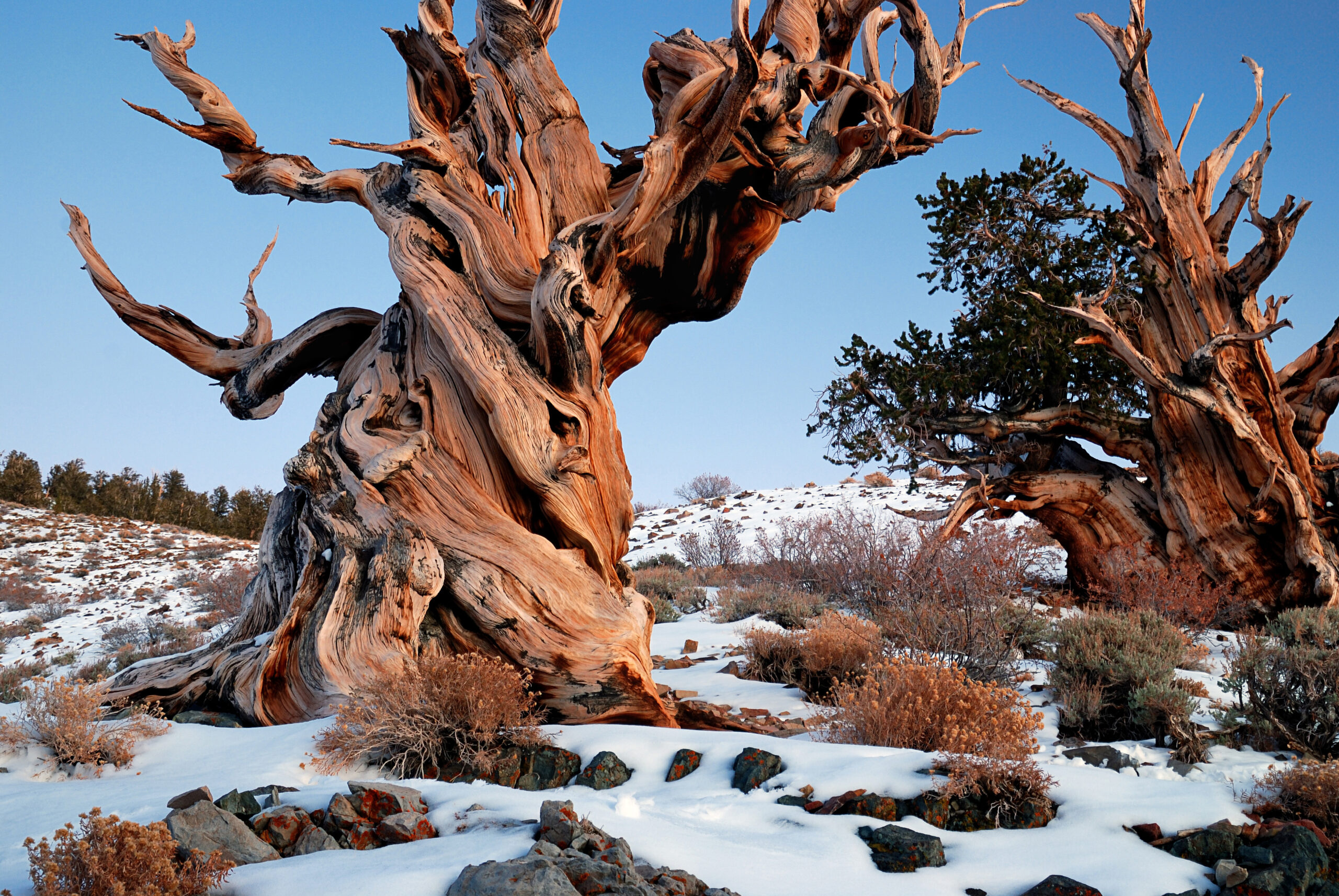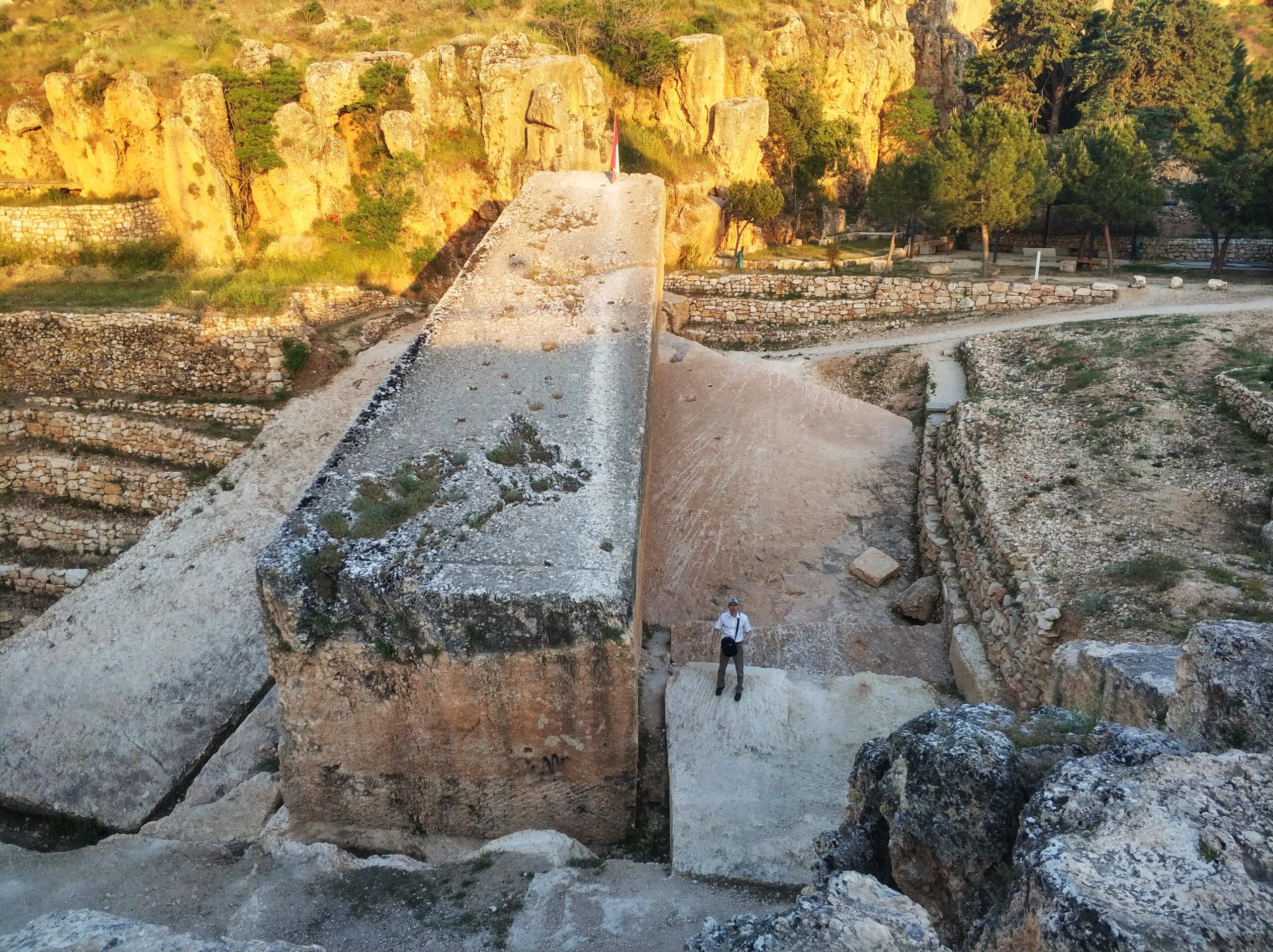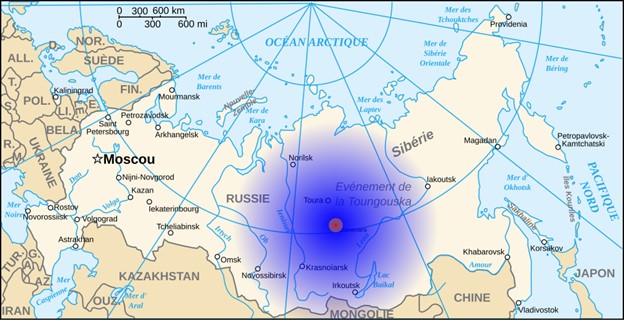
Few moments in history echo with such raw power as the Tunguska Event, a massive explosion that rocked Siberia’s remote wilds on June 30, 1908. At 7:14 a.m., a blast near the Podkamennaya Tunguska River leveled trees across 800 square miles, its force felt 40 miles away. No crater marked the spot—just a scarred forest and a lingering riddle. Was it a meteor, a comet, or something stranger? Over a century later, this sudden jolt remains one of Earth’s great unsolved puzzles.
A Morning Shattered
Picture a quiet summer dawn in central Siberia. Herders and traders near Lake Baikal stirred as the sky lit up—a blue-white flash brighter than the sun. Then came the sound: a roar like artillery, rolling over the taiga. Windows rattled 400 miles off in Irkutsk. Seconds later, a shockwave flattened 80 million trees, their trunks snapped like twigs, fanning out from a central point. The Tunguska Event had struck, leaving no witnesses at its heart—just a stunned fringe.

The boom registered far beyond Russia. Weather stations in England picked up air waves hours later, circling the globe twice. Some pegged its strength at 10-15 megatons—1,000 times Hiroshima’s bomb. Yet no hole or debris appeared—just a wasteland of fallen timber. That oddity set it apart from typical impacts, sparking questions that linger still.
A Trek to the Epicenter
No one rushed to investigate right away. Siberia’s backcountry—swampy, thick with forest—kept the site hidden. Not until 1927 did Leonid Kulik, a Russian scientist, slog through mud and mosquitoes to reach it. He found a stark scene: trees stripped bare, all pointing away from a boggy center near the river. No rocks, no metal—just charred earth and a sense of something massive gone wrong.
Kulik guessed a meteor had hit, exploding mid-air. Later trips in the 1930s found tiny silica and magnetite grains—hints of space dust—but nothing big. The blast’s height, he figured, was 3 to 6 miles up, vaporizing whatever came. That explained the missing crater, but not the full story. The Tunguska Event stayed quiet, its secrets locked in the soil.
Power Beyond Measure
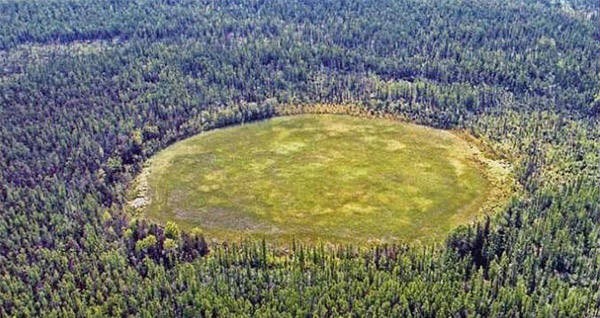
What hit that day dwarfed human scale. Estimates put its size at 100-200 feet across—small by cosmic terms, yet mighty enough to wreck a city. If it had struck London or New York instead of empty woods, the toll would’ve staggered the world. The heat—brief but intense—scorched trees miles out. Witnesses 40 miles off felt a burn like standing near a fire.
Seismic ripples matched a 5.0 earthquake, shaking the ground under Vanavara, the nearest trading post. Barometers across Europe twitched as air pulsed outward. Eyewitnesses spoke of a “pillar of smoke” rising high, then eerie night skies glowing for days—dust scattering sunlight. The Tunguska Event wasn’t just loud; it was a force that rewrote the rules of disaster.
Theories in the Air
A meteor tops the list—most agree something from space did it. A stony object, maybe 150 feet wide, could burst mid-air at that height, leaving no big chunks. Others lean toward a comet—a ball of ice and dust—melting away as it burned up. Both fit the lack of a pit and those trace grains Kulik found. Yet no one’s ruled out wilder ideas: a mini black hole punching through, or even an alien craft gone awry.
Tests since have dug deeper. In the 1960s, faint radioactive traces hinted at cosmic origin—carbon-14 spikes in tree rings from 1908. Soil samples show nickel and iridium, common in space rocks. Still, no smoking gun ties it shut. The Tunguska Event keeps its cause just out of reach, a tease for science.
A Lasting Echo
This blast reshaped how we see our planet’s risks. Before 1908, few grasped that space could hit back so hard. Now, it’s a benchmark—NASA and others track near-Earth objects to dodge a repeat. No one died that day, thanks to Siberia’s emptiness, but a city hit today would face chaos. The event’s mark lingers in stories too—books and films spin it into legend.
The site’s a trek—100 miles north of Vanavara, reachable by boat or chopper. Visitors find a forest regrown, but old photos show the ruin left behind. The Tunguska Event sparked a push to watch the skies, a lesson in Earth’s fragile spot under the stars.
Puzzles Unanswered
Why no crater? An airburst fits, but the blast’s odd shape—more oval than round—nags at experts. Was it one rock or a swarm? Some say a comet’s icy tail could’ve spread the blow. Others wonder about speed—40,000 miles per hour—or angle, flattening trees in a butterfly pattern. And those glowing skies—dust, yes, but why so bright for nights after?
The Tunguska Event stays a mystery box, cracked open but not solved. It hit a quiet corner, yet its ripple reached the world. Over 115 years on, it’s a stark note: space doesn’t always miss, and we’re still learning what’s out there.




